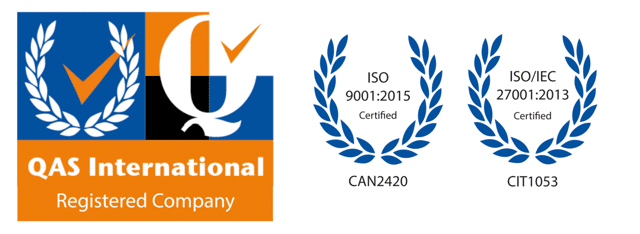With the introduction of Information Technology into business processes, companies created dedicated IT departments to oversee these assets, and provide support to employees. As technology evolved, IT services expanded into every aspect of commerce. As a result, IT departments grew into large, permanently staffed siloes. This method of IT staffing is about to change and your company should be prepared.
IT is now evolving at an unprecedented pace. The wide variety of IT applications currently available to your organization can increase operational efficiency and open the door to previously impossible strategic objectives. The problem facing most companies is that the advantages offered by today’s IT is beyond the capacity of their IT departments.
To solve this problem, many companies are turning to Managed Service Providers, who can deliver value through IT expertise, and allow your company to focus on its core competencies.
On a day-to-day basis, Managed Service Providers can provide technical support to your employees, create data backup and recovery programs, and deliver IT security.
The true benefits of Managed Services are realized in the long-term through mitigation of risk, elimination of downtime, scaling of operations, optimizing investments, and developing infrastructure that aligns with your processes and goals.
Additionally, Managed Service Providers can provide IT services at a lower cost than full-time IT departments through best practices and economies of scale. By reducing the upfront investment and fixed costs associated with a traditional IT department, your company can free up capital for expansion into new markets.
When choosing a Managed Service Provider there are criteria that the provider should meet:
- Technology Foresight to anticipate trends in IT that can deliver a competitive advantage to your company.
- Skills and Experience to allow your company to scale quickly and pivot rapidly.
- Strong Partnerships to ensure the latest technology is available to your company at the best price.
- Alignment with your Business Model to provide a comprehensive suite of services, allowing you to increase the sophistication of your IT strategy, while eliminating the complexity of your sourcing strategy.
Once your company is ready to transition to a Managed Service Provider you should adhere to the following implementation plan.
| Stage | Time Frame | Responsibility | Checklist |
| Discovery | Pre-Selection of MSP | Executive Management |
– Develop Metrics to Measure Success – Assess Organizational Culture – Assess Change-Readiness – Knowledge-Management Audit – Infrastructure Audit – Data Audit |
| Development | Between Selection of MSP and Go-Live Date | Transition Team |
Transition Team Selection Criteria – Experience in Change Management – Coalition Building Skills – Communication Skills – Knowledge of IT Systems and Procedures Transition Plan – State Objectives of Managed Service Agreement – Set Timeframes for Deliverables – Assign Responsibility – Develop Work Plan |
| Deployment | Post-Selection of MSP through Go-Live Date | Executive Management, Transition Team, Managed Service Provider |
– Due Diligence Activities – Due Diligence Outcome Review – Approve Managed Service Agreement – Define Service Level Agreement – Define Scope of Work – Define Service Level Requests – Define Key Deliverables – Define Key Milestones |
As an expert in Managed Services, Pund-IT can convert your IT investment into a source of value. Please give us a call at 519-342-4004 to discuss how we can build for the future.



